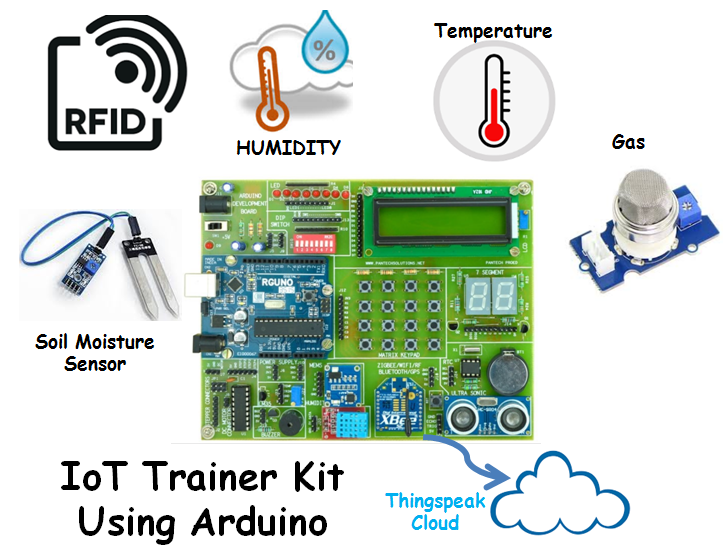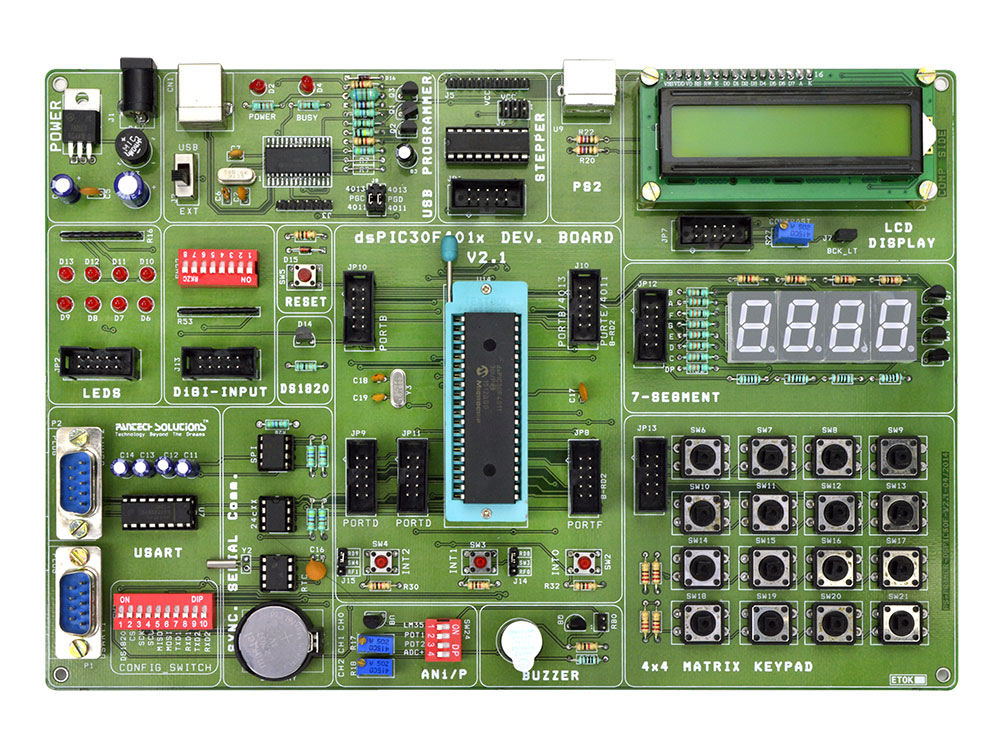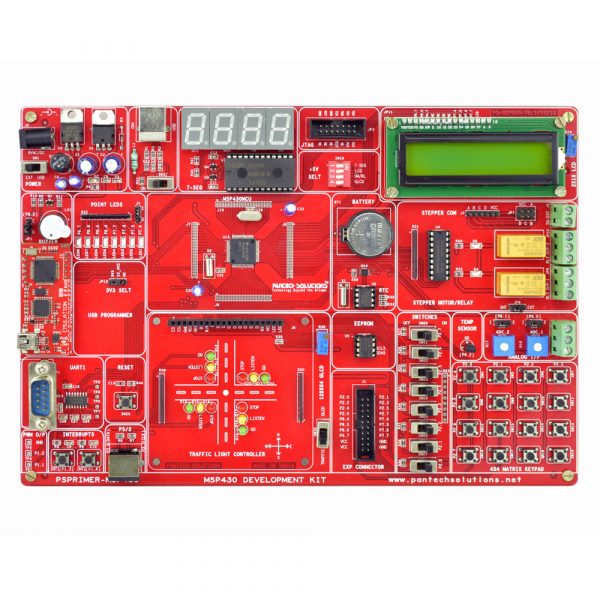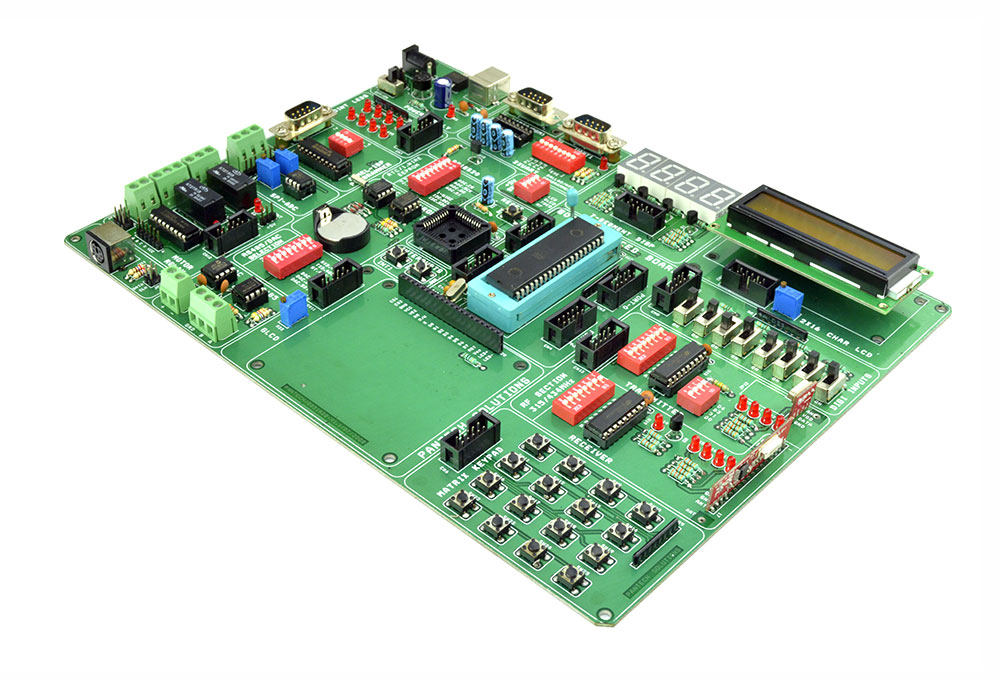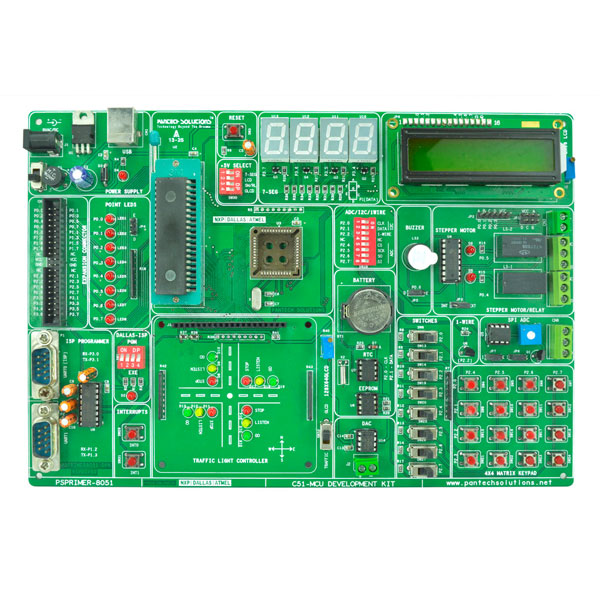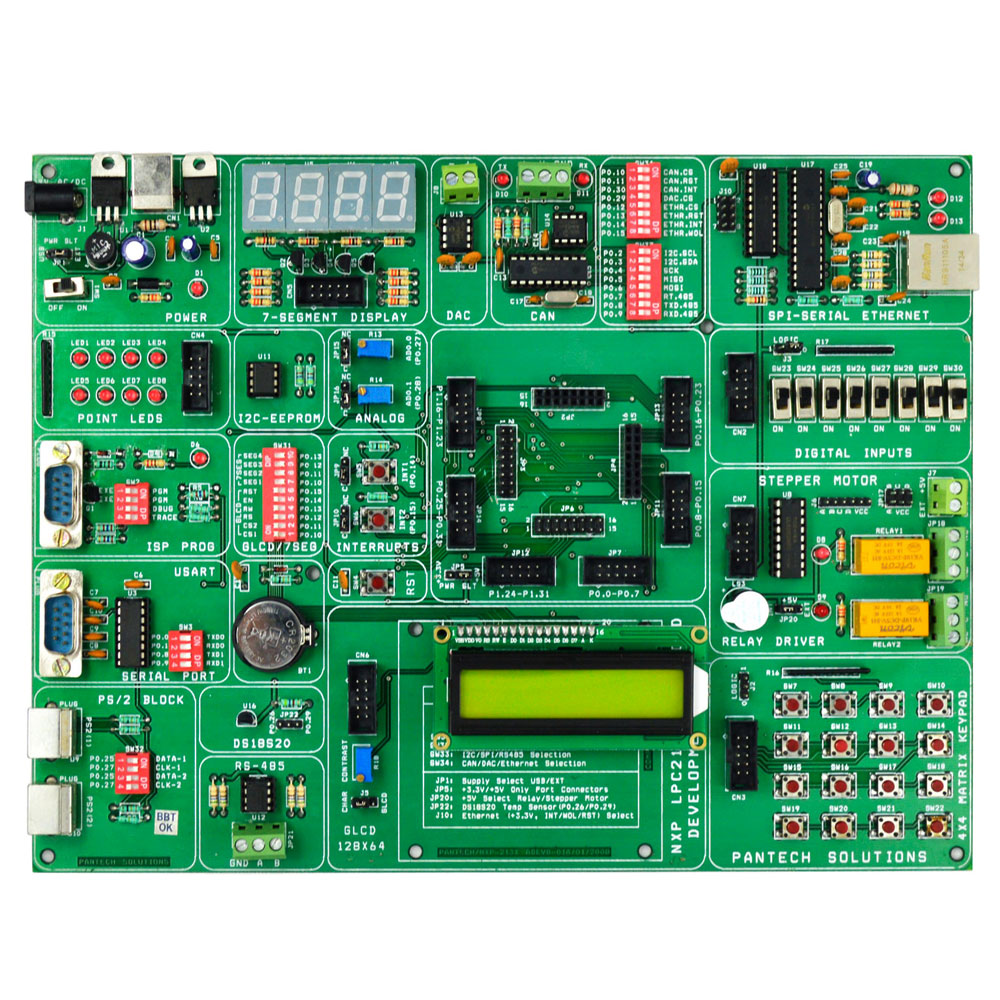Cracking Logic Circuits: From Boolean Basics to Sequential Systems
Introduction
Mastering how digital circuits think starts with Boolean algebra and logic gates. These basics power everything from tiny LED projects to complex VLSI systems. This guide covers core operations (AND, OR, NOT), essential Boolean laws, simplification techniques, SOP/POS forms, and builds up to real-world circuits like adders, multiplexers, counters, and registers. With clear steps and examples, it’s perfect for beginners, engineering students, and anyone diving into digital electronics.
The three basic logical operations are:
▪AND
▪OR
▪NOT
❑ AND is denoted by a dot (·).
❑ OR is denoted by a plus (+).
❑ NOT is denoted by an overbar ( ̄ ), a single quote mark (‘) after, or tilde (~) before the variable.
Boolean Algebra Laws
- Identity Law
A + 0 = A, A · 1 = A - Null Law
A + 1 = 1, A · 0 = 0 - Idempotent Law
A + A = A, A · A = A - Inverse Law
A + A’ = 1, A · A’ = 0 - Commutative Law
A + B = B + A, A · B = B · A - Associative Law
A + (B + C) = (A + B) + C - Distributive Law
A · (B + C) = A·B + A·C - De Morgan’s Theorems
(A·B)’ = A’ + B’
(A + B)’ = A’ · B’
Consensus theorem:
Used to simplify Boolean expressions by removing a redundant (consensus) term.
SOP Form:
Theorem:
A·B + A’·C + B·C = A·B + A’·C
Example:
X·Y + X’·Z + Y·Z → X·Y + X’·Z
Remove Y·Z (covered by other terms)
POS Form:
Theorem:
(A + B)·(A’ + C)·(B + C) = (A + B)·(A’ + C)
Example:
(X + Y)·(X’ + Z)·(Y + Z) → (X + Y)·(X’ + Z)
Remove (Y + Z)
Key Point:
The third term adds no new information — it is already implied by the first two.
Canonical and standard form
These are ways to express Boolean expressions clearly using all variables in each term.
- Canonical Form
A Boolean expression is in canonical form when each term includes all variables (either in true or complemented form).
There are two types:
- a) Canonical Sum of Products (SOP)
- Each product term is a minterm (AND of all variables).
- Derived from rows where output = 1.
Example:
For a function F(A, B) where F = 1 at (0,1) and (1,0):
Minterms → A’·B + A·B’
This is the canonical SOP.
- b) Canonical Product of Sums (POS)
- Each sum term is a maxterm (OR of all variables).
- Derived from rows where output = 0.
Example:
If F = 0 at (0,0) and (1,1):
Maxterms → (A + B)·(A’ + B’)
This is the canonical POS.
- Standard Form
In standard form, the expression is also in SOP or POS, but not all variables are required in every term.
Example:
- SOP: A·B + C → Standard SOP (but not canonical, since all terms don’t include all variables)
- POS: (A + B)·(C + 1) → Standard POS (not canonical)
Combinational Logic
Definition
Combinational logic circuits are digital circuits where the output depends only on the present input values. There is no memory element involved.
Key Characteristics
- Outputs are determined solely by current inputs.
- No feedback from output to input.
- No clock signal required.
- Faster in operation compared to sequential circuits.
- Easier to design and analyze.
Applications
- Arithmetic circuits (Adders, Subtractors)
- Data routing circuits (Multiplexers, Demultiplexers)
- Code conversion (Encoders, Decoders)
- Logic decision-making circuits
- Digital signal processing
Common Devices
- Logic gates: AND, OR, NOT, NAND, NOR, XOR, XNOR
- Multiplexers and Demultiplexers
- Encoders and Decoders
- Comparators
- Arithmetic circuits like Half and Full Adders
Advantages
- Simple design
- Fast computation
- No timing issues since there’s no clock
Sequential Logic
Definition
Sequential logic circuits are digital circuits where the output depends on current inputs and past inputs (stored in memory). They use clock signals to coordinate circuit operations.
Key Characteristics
- Contains memory elements (like flip-flops or latches)
- Requires a clock signal to trigger state changes
- Capable of storing information
- Output depends on sequence of past inputs
- More complex than combinational circuits
Applications
- Counters (up, down, ring, Johnson)
- Shift Registers (serial-in serial-out, etc.)
- Finite State Machines (FSM)
- Memory units like RAM and registers
Common Devices
- Flip-Flops (SR, D, T, JK)
- Latches
- Counters
- Shift Registers
- State machines
Advantages
- Can store and process sequential information
- Suitable for time-dependent operations
- Allows complex system control
Conclusion
Understanding Boolean algebra and logic gates lays the groundwork for mastering both combinational and sequential logic circuits. From simplification using canonical forms to real-world digital designs like multiplexers, adders, counters, and FSMs, this module equips you with everything needed to build intelligent hardware systems.
To take your learning further, we’ve provided Verilog code implementations for all major combinational and sequential circuits—ideal for hands-on practice and VLSI design readiness.
Start exploring, simulate your designs, and bring your digital logic skills to life!
Looking Ahead: Collaborate With Us
- Email: sales@pantechmail.com
- Website: pantechelearning.com
- Exploring EV models & Battery Management Systems
- Deep dive into autonomous systems & Steer-by-Wire tech
Let’s innovate together—and prepare the next generation of tech leaders.
- All Projects
- Product

